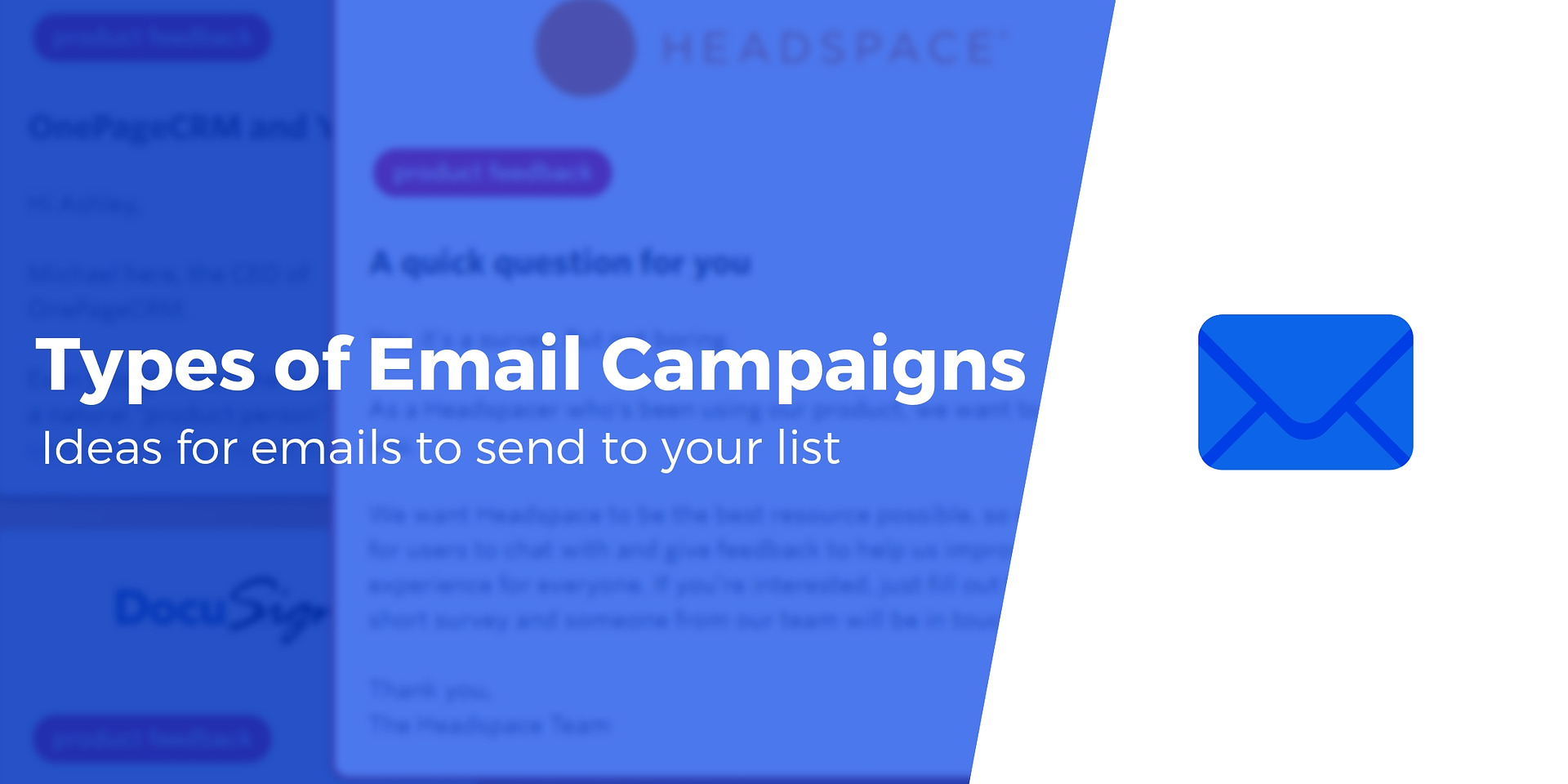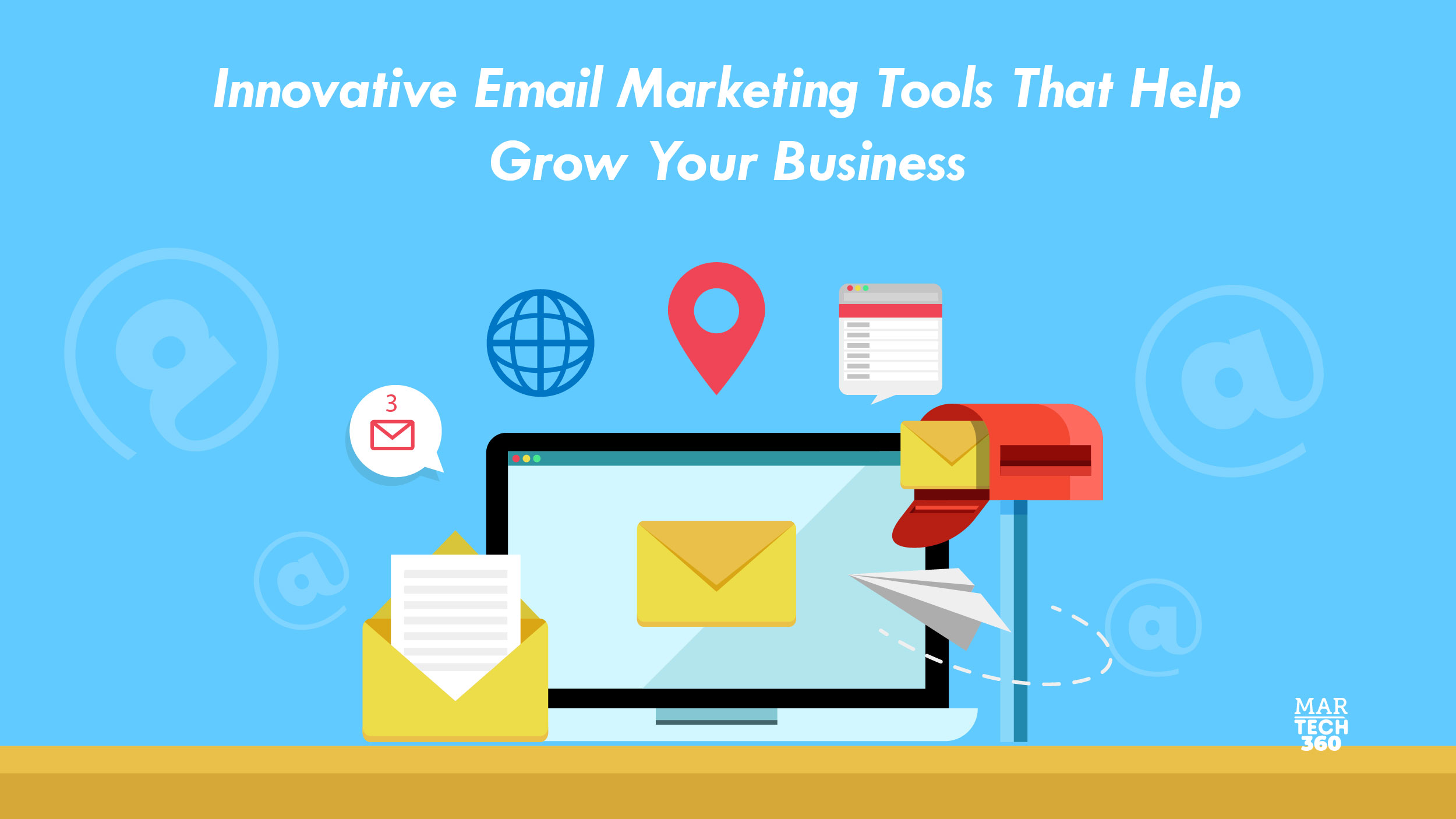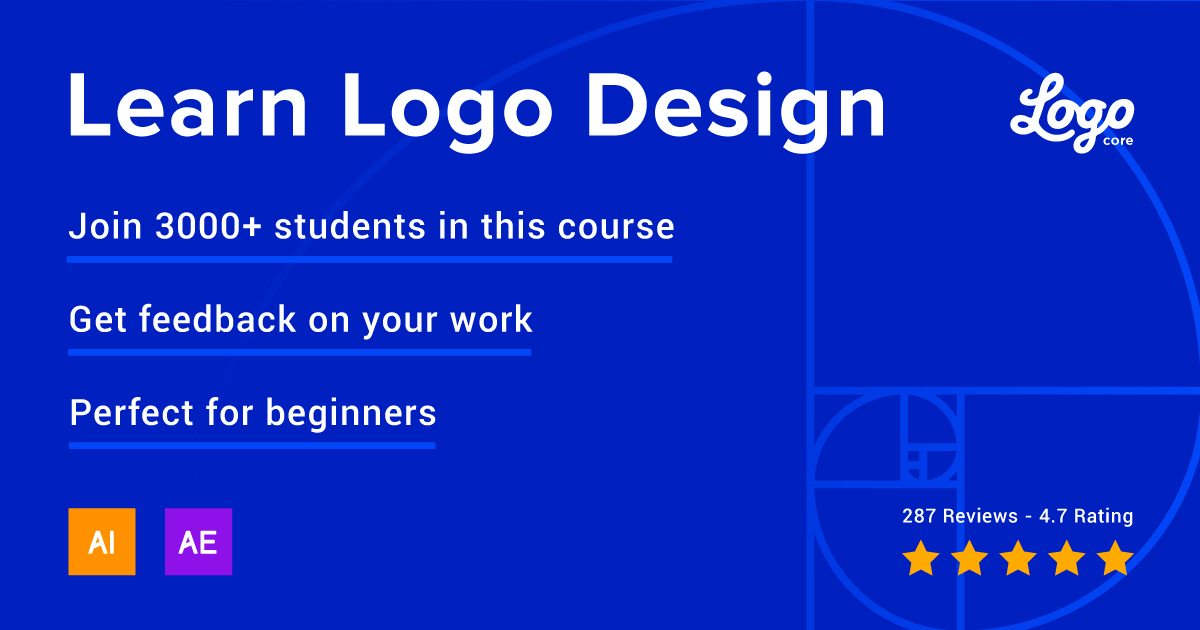Exploring the Benefits of Email Marketing Courses
Unlocking Success: Exploring the Benefits of Email Marketing Courses
In the ever-evolving world of digital marketing, staying ahead of the curve is crucial for success. Email marketing remains a cornerstone of effective marketing strategies, making it essential for professionals to continually enhance their skills and knowledge in this area. Email marketing courses offer invaluable benefits for individuals and businesses seeking to harness the power of email to engage with their audience, drive conversions, and achieve their marketing goals. Let’s explore the numerous advantages of email marketing courses and how they can benefit professionals across popular social media platforms like Facebook, Twitter, TikTok, YouTube, and Instagram.

1. Comprehensive Learning Experience: Email marketing courses provide a comprehensive learning experience that covers all aspects of email marketing, from strategy and design to execution and analysis. Participants gain in-depth knowledge of email marketing best practices, industry trends, and tools and techniques for creating successful campaigns. Whether you’re a beginner looking to build a strong foundation in email marketing or an experienced marketer seeking to expand your skills, email marketing courses offer valuable insights and practical strategies to enhance your expertise.
2. Practical Skills Development: One of the key benefits of email marketing courses is the opportunity to develop practical skills that can be immediately applied in real-world scenarios. Participants learn how to create compelling email campaigns, segment their audience effectively, craft engaging content, optimize for deliverability and engagement, and analyze campaign performance. By gaining hands-on experience through exercises, case studies, and projects, participants acquire the skills and confidence to execute successful email marketing campaigns that drive results for their business or clients.
3. Stay Updated with Industry Trends: The field of email marketing is constantly evolving, with new technologies, strategies, and best practices emerging regularly. Email marketing courses provide participants with up-to-date information on industry trends, innovations, and advancements, ensuring that they remain informed and competitive in the ever-changing landscape of digital marketing. Whether it’s the latest email automation tools, segmentation techniques, or compliance regulations, email marketing courses keep professionals abreast of the latest developments and equip them with the knowledge and skills to adapt and thrive in the industry.
4. Networking Opportunities: Email marketing courses offer valuable networking opportunities for professionals to connect with peers, industry experts, and potential collaborators. Participants have the chance to interact with instructors and fellow students, exchange ideas, share experiences, and build relationships that can lead to future partnerships or career opportunities. Additionally, many email marketing courses provide access to online communities, forums, and networking events where participants can continue to engage and collaborate long after the course has ended.
5. Career Advancement and Growth: Investing in email marketing courses can significantly enhance career prospects and open up new opportunities for professional growth and advancement. Whether you’re looking to advance in your current role, transition to a new career path, or start your own business, acquiring specialized skills and expertise in email marketing can set you apart from the competition and position you as a valuable asset to employers or clients. By completing email marketing courses and earning certifications, professionals demonstrate their commitment to continuous learning and professional development, enhancing their credibility and marketability in the digital marketing industry.
In conclusion, email marketing courses offer a wealth of benefits for professionals seeking to excel in the dynamic and competitive field of digital marketing. From comprehensive learning experiences and practical skills development to staying updated with industry trends, networking opportunities, and career advancement, email marketing courses provide invaluable resources and opportunities for individuals and businesses alike. By leveraging the benefits of email marketing courses and integrating them with popular social media platforms like Facebook, Twitter, TikTok, YouTube, and Instagram, professionals can enhance their skills, expand their network, and achieve success in the digital age.

















